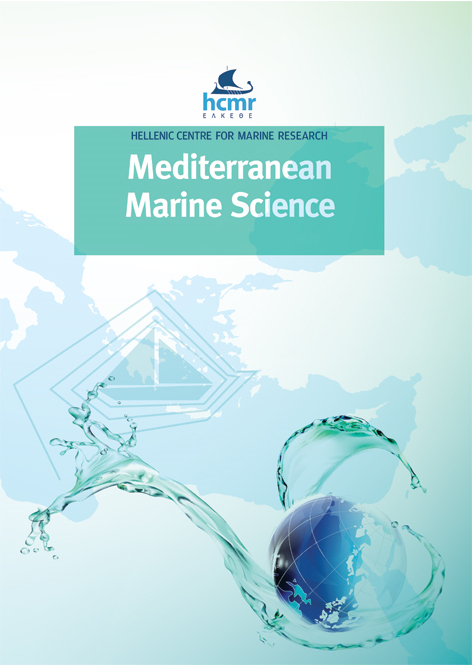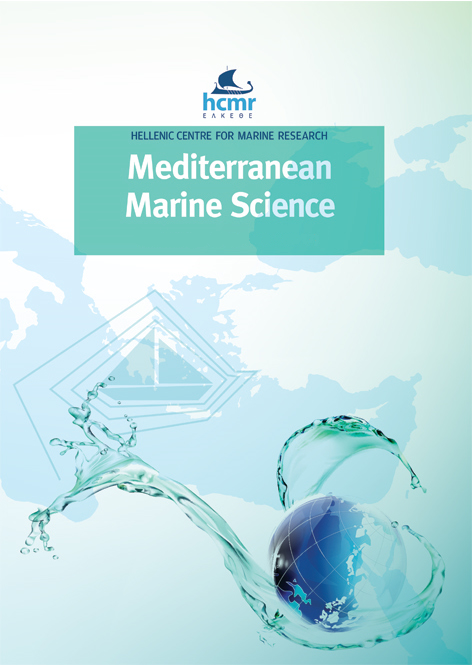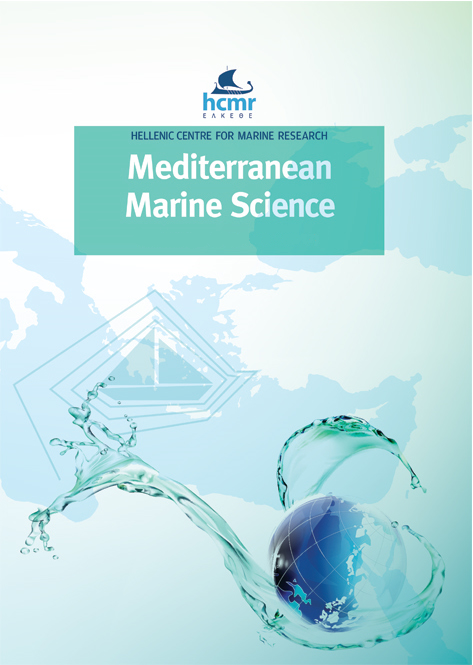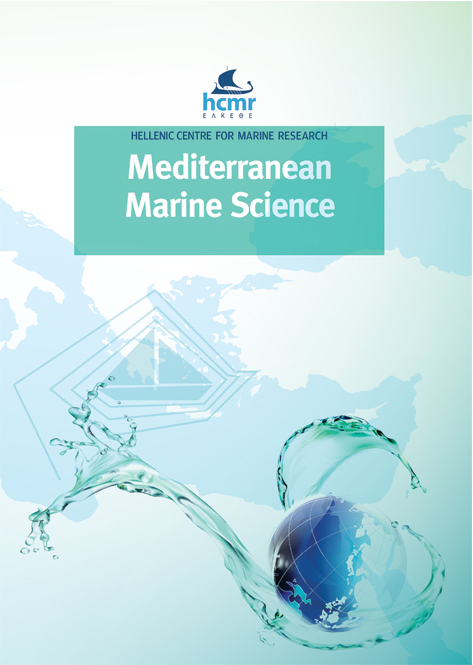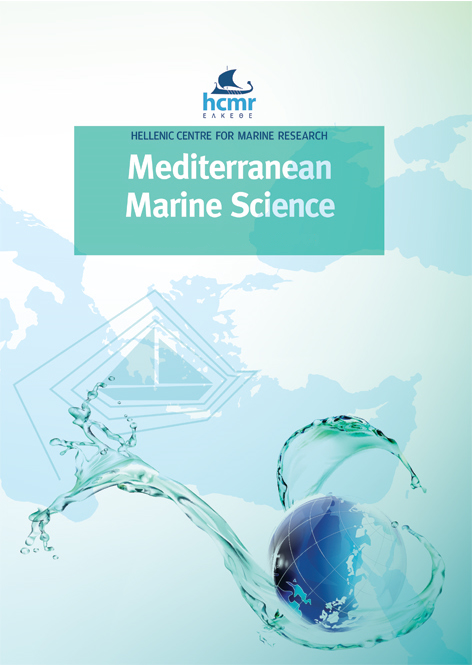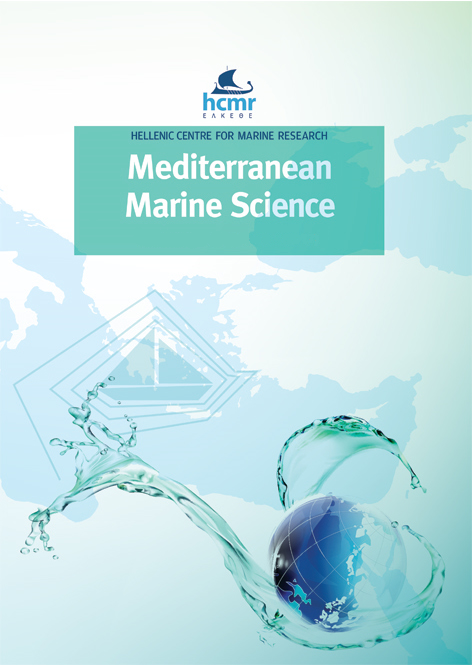Halimeda incrassata (Bryopsidales, Chlorophyta) in Rhodes, Greece, Eastern Mediterranean
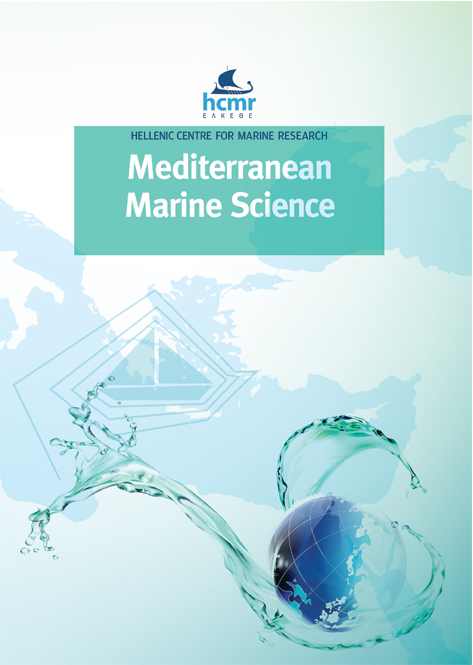
Abstract
The first record of the tropical green seaweed Halimeda incrassata (Bryopsidales, Chlorophyta) in the Eastern Mediterranean Sea is presented, based on several thalli found in the stomach of a silver-cheeked toadfish (Lagocephalus sceleratus), collected off Plimmiri beach, Rhodes, Greece. Species identification was based on morphological and molecular identification using the tufA gene as a molecular marker. The finding comes 10 years after a report on the species in Mallorca (Western Mediterranean Sea), where H. incrassata has spread rapidly. The pathway of its introduction in the Eastern basin is unknown, although shipping or the aquarium trade could be involved in this new introduction. Further studies are necessary for visual documentation of the infested areas around Rhodes and assessment of its possible spread in the following years.
Article Details
- How to Cite
-
KONDYLATOS, G., KALAENTZIS, K., GRATSIA, E., MAVROULEAS, D., KASAPIDIS, P., TSIAMIS, K., & KLAOUDATOS, D. (2023). Halimeda incrassata (Bryopsidales, Chlorophyta) in Rhodes, Greece, Eastern Mediterranean. Mediterranean Marine Science, 24(3), 633–638. https://doi.org/10.12681/mms.35435
- Section
- Short Communication
Authors who publish with this journal agree to the following terms:
- Authors retain copyright and grant the journal right of first publication with the work simultaneously licensed under a Creative Commons Attribution Non-Commercial License that allows others to share the work with an acknowledgement of the work's authorship and initial publication in this journal.
- Authors are able to enter into separate, additional contractual arrangements for the non-exclusive distribution of the journal's published version of the work (e.g. post it to an institutional repository or publish it in a book), with an acknowledgement of its initial publication in this journal.
- Authors are permitted and encouraged to post their work online (preferably in institutional repositories or on their website) prior to and during the submission process, as it can lead to productive exchanges, as well as earlier and greater citation of published work (See The Effect of Open Access).





